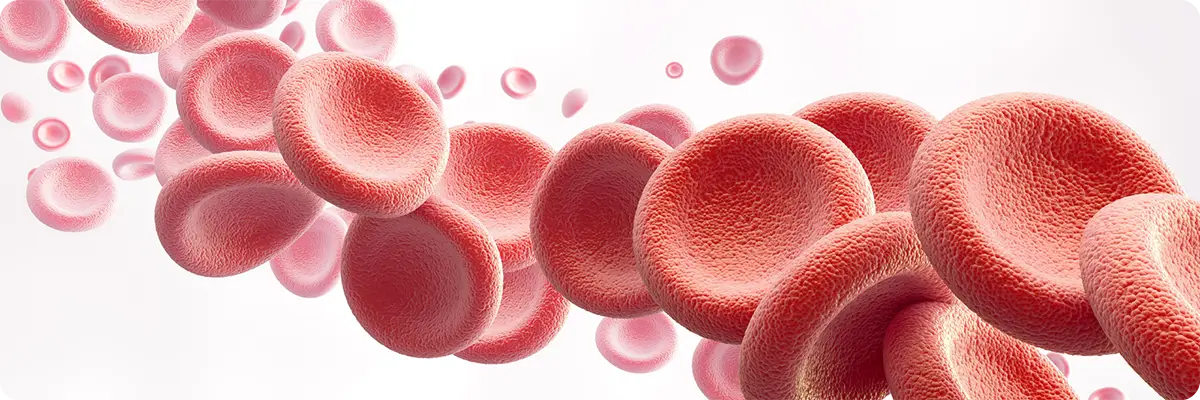Solutions
keyboard_arrow_downServices
keyboard_arrow_downSupport & Resources
keyboard_arrow_downCompany
keyboard_arrow_downContact
Traditional Methods
Ketogenesis is a biochemical process whereby the body produces ketone bodies (acetone, acetoacetate, beta-hydroxybutyrate). As ketone bodies are water soluble, they do not require lipoproteins for transport 1.
In healthy humans, small amounts of ketones are continuously made for the body to use an energy source. Ketone bodies increase in times of fasting and sleeping 1.
Physiological Significance
Urinalysis is an essential part of the diagnostic review for kidney disease and other renal impairments. Whilst the dipstick test allows for rapid and simultaneous chemical analyses of urine, including ketones, the chemical reactions on dipsticks are complicated and can be affected by oxidising, reducing, and discolouring substances in urine. Therefore, false positives and false negative results are common in dipstick testing 4.
Clinical Significance
When the carbohydrate stores are significantly decreased, or the fatty acid concentration is increased, there is an upregulation of the ketogenic pathway and consequently, an increased production of ketone bodies. This is commonly observed in alcoholism, type I diabetes and starvation. Most organs, including the brain, can utilise ketones whereas the heart utilises fatty acids as its source of energy, but can also use ketones. The liver however, cannot utilise ketones, despite producing them as the liver lacks the necessary enzyme ketoacyl-CoA transferase 1.
Ketosis is the presence of ketones. Whilst ketosis is not dangerous, if left untreated, especially in diabetes, ketoacidosis (high levels of ketones) develops 2.
In type 1 diabetes mellitus (T1DM), the body is unable to produce insulin resulting in bodily cells not receiving energy from glucose, causing the body to release hormones to breakdown fat for energy, producing ketones. If left untreated, diabetic ketoacidosis develops, a serious health condition. Diabetic ketoacidosis is commonly triggered by an illness, infection or missing insulin treatments 3.
Benefits of D-3-Hydroxybutyrate
Superior Methodology – The commercially available nitroprusside method is a semi-quantitative dipstick test which only detects acetone and acetoacetate. As the most abundant ketone produced during ketosis, D-3-hydroxybutyrate is more sensitive and specific.
Excellent precision – The Randox Ranbut assay displayed an excellent precision of < 3.5%.
Exceptional correlation – A correlation coefficient of r=0.9954 was displayed when the Randox method was compared against other commercially available methods.
Wide Measuring Range – The Randox Ranbut assay has a measuring range of 0.100 – 5.75mmol/l for the comfortable detection of clinically important results.
Calibrator and controls available – Randox offer a complete testing package.
Applications available – Detail of instrument-specific settings for the convenient use of the Randox Ranbut assay on a variety of clinical chemistry analysers.
DID YOU KNOW?
Ketone bodies increase in times of fasting and sleeping 1 and is considered harmless, however, if left untreated, especially in diabetes, ketoacidosis occurs 2.
More featured reagents
Read more about our vast range of assays



